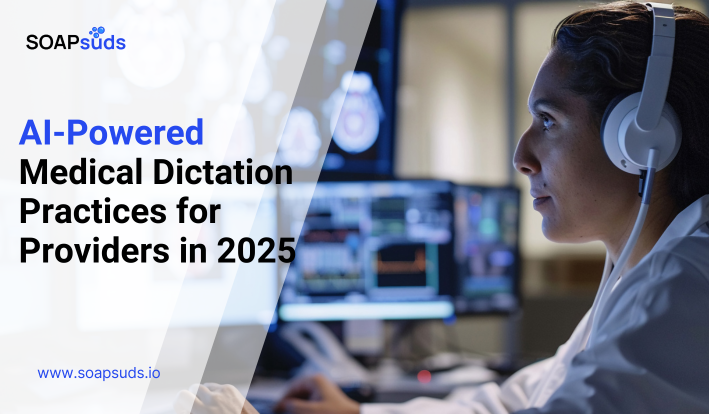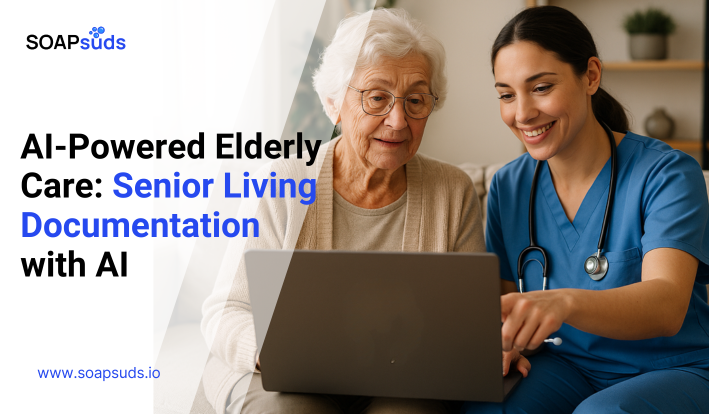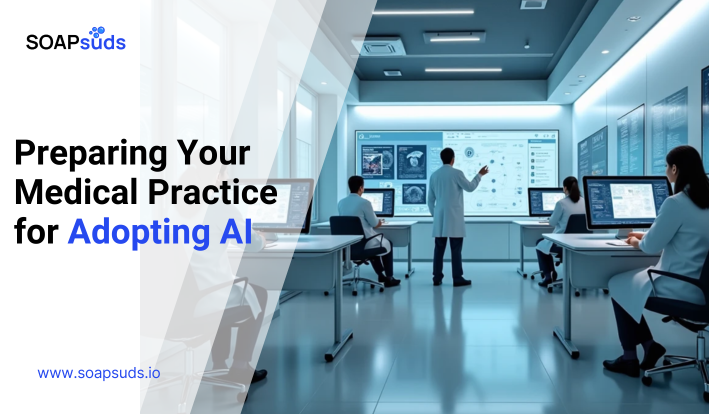What is Voice Recognition Software: How Does it Work?
SOAPsuds team
Published: 1/20/2025
SOAPsuds team
Published: 1/20/2025

In the modern world, technology plays an important role in helping people stay connected, especially

Healthcare is experiencing a data explosion, generating nearly 30% of the world’s data. By 2025...

Do you often find yourself juggling between different applications, copying patient details, or repeating the...

Senior living providers face growing challenges as they care for a rapidly aging population, manage

Artificial Intelligence is quickly advancing, reshaping industries and changing the way we live, work.

To improve the efficiency of your medical practice, it’s essential to first identify the factors...
Clinical Notes
SOAP notes
DAP notes
AI medical notes